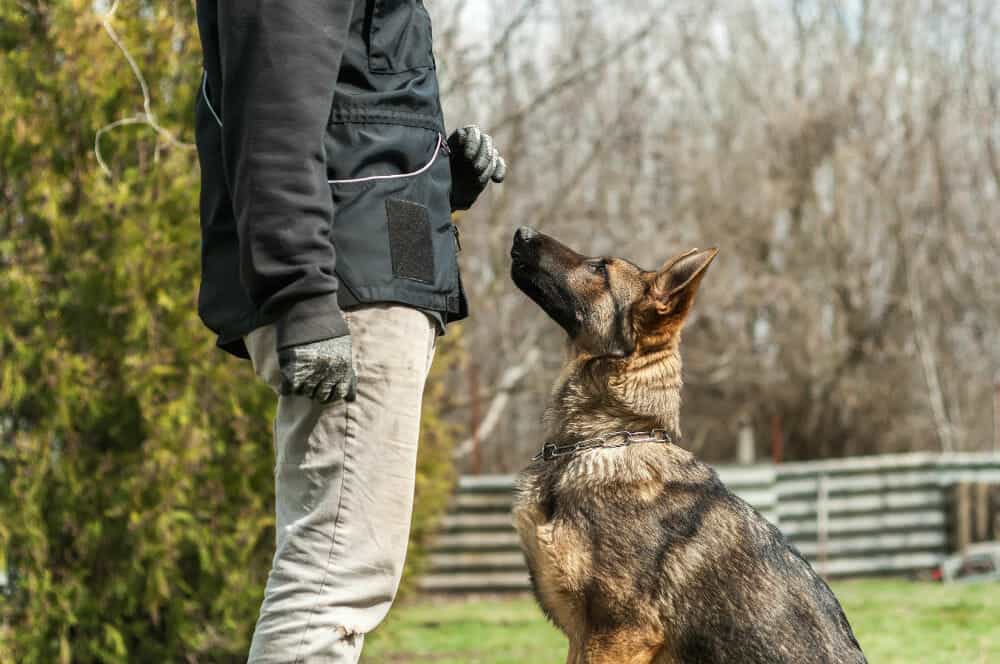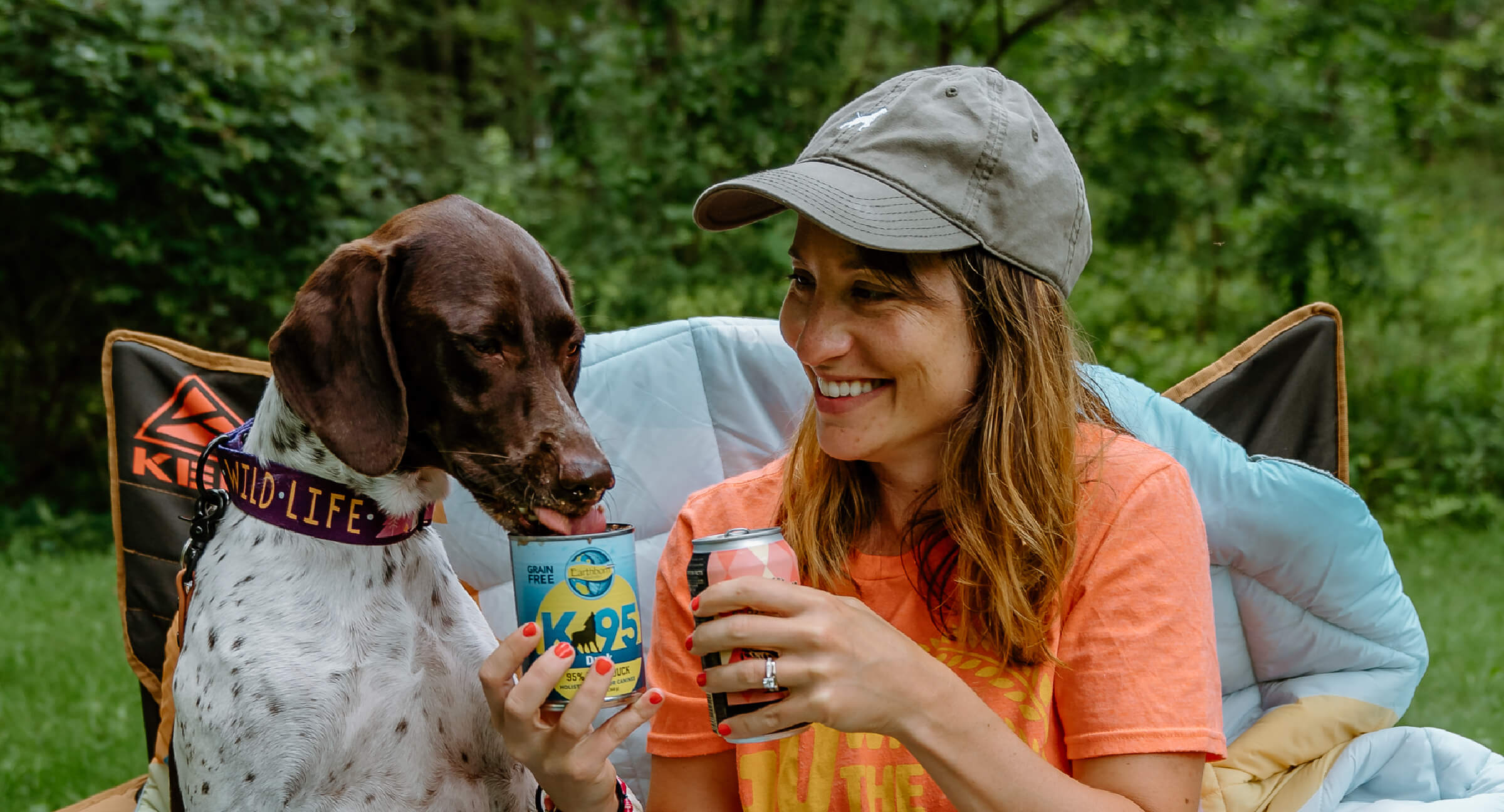Discover the Top Blunders to Stay Clear Of in Dog Training
Discover the Top Blunders to Stay Clear Of in Dog Training
Blog Article
Vital Tips for Effective Dog Training: A Guide for Animal Owners
Reliable pet dog training is a diverse procedure that calls for a critical technique tailored to both the animal's temperament and the proprietor's objectives. Recognizing how to navigate these barriers can significantly boost the training experience, inevitably transforming the partnership in between proprietor and dog.
Comprehending Dog Behavior
Recognizing canine behavior is necessary for efficient training and promoting an unified partnership between pooches and their proprietors. Pets connect mostly via body language, articulations, and activities, making it vital for owners to analyze these signals properly. Recognizing a pet's stance, tail placement, and ear orientation can supply understandings right into its emotional state. A wagging tail does not constantly indicate happiness; it can also indicate excitement or anxiety.

Socialization plays a substantial function in pet habits; direct exposure to different environments, people, and other pets can significantly influence a dog's personality. Additionally, factors such as breed attributes and private personality ought to guide training approaches, as some breeds might have certain behavioral characteristics that necessitate customized approaches. By understanding these components, owners can develop an encouraging atmosphere that urges favorable habits, causing successful training results and a much deeper bond with their pets.
Developing Regular Commands
Effective communication with your dog begins with establishing consistent commands. This fundamental component of training is vital for cultivating understanding in between you and your animal. Consistency in the commands you use makes certain that your pet can dependably link specific words or phrases with the preferred behaviors.
When selecting commands, pick clear, distinct words that are easy to differentiate and claim from one an additional. Stay clear of utilizing similar-sounding commands that might confuse your pet dog. Using "sit" and "remain" is suitable, but "sit" and "struck" can lead to misunderstandings.
Additionally, keep the same tone and quantity for each and every command. Pet dogs are sensitive to vocal hints, so differing your tone can produce confusion.
It is equally vital to ensure that all family members get on the same web page pertaining to the commands used. A united front in command usage will certainly avoid mixed signals and reinforce the knowing procedure.
Favorable Support Strategies
The power of positive support in dog training depends on its capability to urge wanted behaviors with incentives and appreciation. This strategy is grounded in the concept that habits adhered to by beneficial outcomes are most likely to be duplicated. By including favorable reinforcement into your training routine, you can efficiently shape your canine's habits in a constructive fashion.
To execute favorable reinforcement, it's vital to identify what motivates your canine, whether it read this article be deals with, toys, or verbal praise. When your pet dog carries out a desired action, such as remaining on command, right away compensate them with a reward or affection. This association between the command and the favorable result reinforces their understanding.
It's crucial to timing the rewards properly; providing the support within seconds of the wanted behavior aids your canine make the link (dog training). Furthermore, consistency is essential-- ensure that all relative utilize the exact same commands and incentive systems to prevent confusion

Progressively, you can reduce the frequency of deals with as your pet finds out the behavior, transitioning to commend or recurring rewards. This technique not just fosters a solid bond in between you and your dog yet likewise advertises a favorable knowing setting, making educating an enjoyable experience for both.
Socialization and Communication
Constantly exposing your canine to a range of atmospheres, individuals, and other pets is critical for their social development. Socializing ought to begin early, preferably throughout the vital home window of 3 to 14 weeks, when puppies are most receptive to new experiences. However, older pets can additionally take advantage of recurring socializing initiatives.
Present your pet to various setups, such as parks, pet-friendly shops, and metropolitan locations. This exposure aids them adjust to numerous stimulations, minimizing anxiousness and worry feedbacks. Motivate favorable communications with other canines and people, making sure that these encounters are controlled and secure to cultivate self-confidence.
Use structured playdates with courteous dogs, as this can enhance your pet's social skills and show them suitable actions. Obedience classes and training sessions additionally supply exceptional possibilities for socialization, permitting your canine to connect with others in a supervised environment.
Screen your dog's body language during interactions, as this will certainly assist you evaluate their comfort level. Progressively increase direct linked here exposure to more difficult circumstances while ensuring that each experience is favorable. A well-socialized pet is much more most likely to exhibit well balanced habits, making them a happiness to have in any setup.
Attending To Common Training Challenges
Every canine proprietor will certainly encounter training obstacles eventually, despite their pet dog's age or socialization degree. Identifying usual issues such as stubbornness, interruptions, and terror can aid in creating reliable methods for renovation.

Progressively present distractions as the canine comes to be much more proficient in commands. Short, frequent training sessions are additionally efficient in preserving attention.
Fearfulness can impede a pet dog's discovering process. Steady desensitization to the source of fear, coupled with positive support, can help minimize anxiety. Persistence is vital; never force a dog into a scenario that creates distress, as this might worsen the concern.
Inevitably, understanding and addressing these usual obstacles with a structured technique will foster a much more productive training experience, strengthening the bond between canine and owner while promoting reliable understanding.
Verdict
In recap, effective pet training relies upon a comprehensive understanding of canine actions, the facility of constant commands, and the application of favorable support methods. Socializing plays a vital role in creating well-adjusted pet dogs, while dealing with common training obstacles calls for patience and versatility. By executing these crucial methods, animal owners can cultivate a strong bond with their dogs and advertise preferable behaviors, ultimately causing a harmonious partnership in between people and their canine friends.
Comprehending pet behavior is necessary for effective training and fostering a harmonious connection between pooches and their owners.Socializing plays a substantial role in pet dog habits; exposure to numerous settings, individuals, and various other pets can substantially affect a dog's character.The power of positive support in canine training exists in its capacity to motivate desired habits through incentives and appreciation. By incorporating favorable reinforcement into your training regimen, you can efficiently shape your dog's actions in a positive manner.
In recap, successful dog training depends on an extensive understanding of canine habits, the facility of consistent commands, and the application of favorable support strategies.
Report this page